China's Bond Valuation Reform: A Move Towards Transparency and Global Alignment
In a significant step to strengthen pricing integrity and promote high-quality development in its interbank bond market, the National Association of Financial Market Institutional Investors (NAFMII) has released a trial self-regulatory guideline for bond valuation services. The new framework is expected to sharpen the accuracy of valuations, improve market transparency, and set clear standards for data governance, internal controls, and conflict of interest management.
Raising the Bar for Valuation Integrity
The Guidelines on Bond Valuation Services in the Interbank Market(“the Guidelines”) reflect China's efforts to align with international best practices while addressing longstanding concerns such as inconsistent pricing methodologies and lack of transparency. It follows the Administrative Measures for Bond Valuation Services in the Interbank Bond Market, issued by the People's Bank of China in December 2023, which took effect in January 2024.
Four pillars define the Guidelines:
Structured Valuation Process– Institutions must adopt a scientific and standardized valuation workflow, from data sourcing to methodology selection.
Enhanced Transparency– Valuation providers are now required to disclose critical information, including model details, data sources, usage layers, internal control arrangements, and quality checks.
Multi-tier Verification– A mechanism involving valuation firms, users, and third-party audits has been proposed to cross-verify valuation outputs.
Clear Prohibitions– Specific restrictions aim to prevent misconduct such as cherry-picking prices or circumventing regulatory intent.
These reforms aim to foster competition among valuation agencies, allowing firms with specialized datasets or innovative pricing capabilities to emerge—especially in niche segments like credit risk pricing or valuation of illiquid bonds.
Implications for Global Investors and Asset Managers
For foreign institutional investors, improved valuation norms in China's vast bond market—one of the largest globally—offer more reliable pricing benchmarks, particularly in the credit bond segment, where liquidity and pricing consistency remain challenges.
"Not all bonds have a reliable market price," noted Xu Yang, General Manager of Bond Valuation at United Ratings. “While government bonds and perpetual bonds trade frequently, many credit instruments suffer from low turnover and non-market transactions, making it essential for valuation institutions to rely on advanced techniques and deep market understanding.”
The Guidelines explicitly instruct firms to assess the trading activity of bonds, suggesting that liquidity will become a key factor in valuation decisions. This represents a shift toward dynamic pricing models that better reflect market sentiment and execution risk—key elements for cross-border portfolio managers.
Sharpening the Edge for Asset Management Strategies
With China's asset management industry undergoing a “net value transformation,” the role of bond valuation has become more than a back-office technicality. For banks'wealth management subsidiaries, accurate and timely valuation is now central to product performance and investor perception.
“As net value products become mainstream, capital gains—not just coupon income—drive excess returns. This elevates the strategic importance of credible bond pricing,” said Xu Yang.
The Guidelines emphasize the stabilizing role of valuation institutions, especially during episodes of market stress. In volatile conditions, over-reliance on transaction prices could induce feedback loops—falling prices trigger redemptions, which further suppress prices. To break this cycle, valuation providers must act as stabilizers, anchoring prices on creditworthiness and long-term fundamentals rather than short-term volatility.
Ming Ming, a well-known financial commentator, suggests that bank wealth managers should develop robust internal valuation systems that account for the liquidity profile of their holdings. “A tilt toward liquid government bonds and high-rated credit could reduce valuation bias risk while helping investors build tolerance for NAV fluctuations,” he added.
Guardrails Against Regulatory Arbitrage
Beyond valuation mechanics, the Guidelines also address the use and governance of valuation results. Users are required to apply consistent valuation methods and are prohibited from switching models or benchmarks without proper due diligence—a common loophole in past practices.
This tighter oversight serves as a preventive measure against regulatory arbitrage and reinforces the credibility of product NAVs, particularly in structured or customized products.
Yang Haiping, a researcher at the Shanghai Institute of Finance and Law, highlighted that the Guidelines correct past market inefficiencies, such as overreliance on a few dominant valuation firms and a lack of peer verification. "The document not only pushes the industry toward a more mature state but also helps contain irrational market swings."








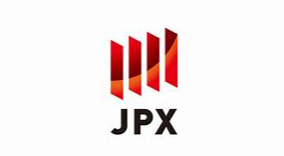
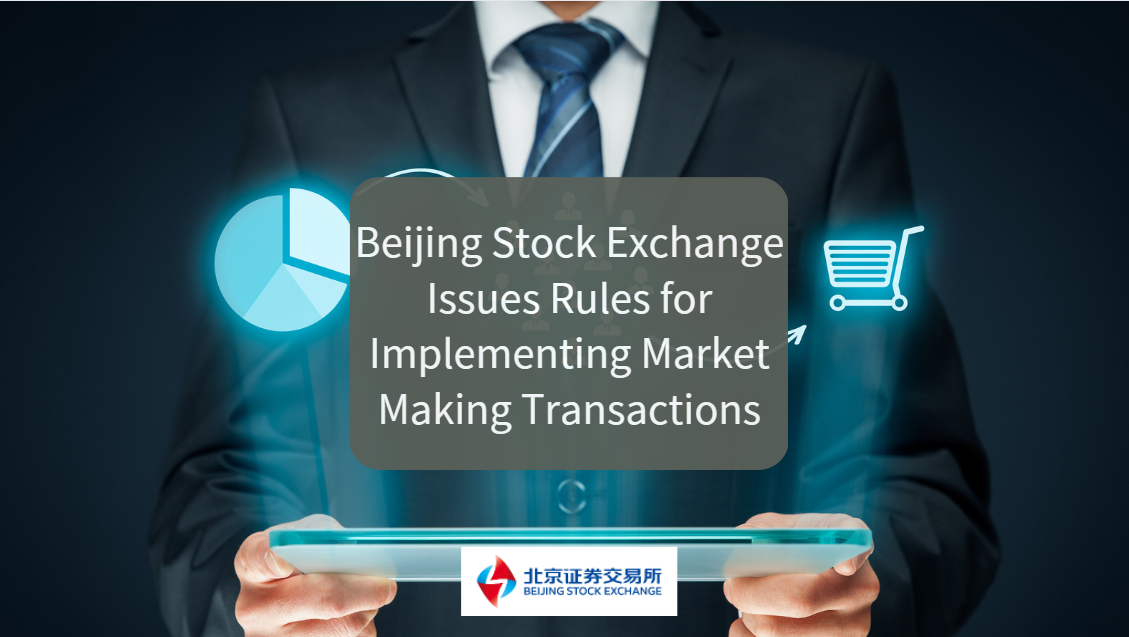








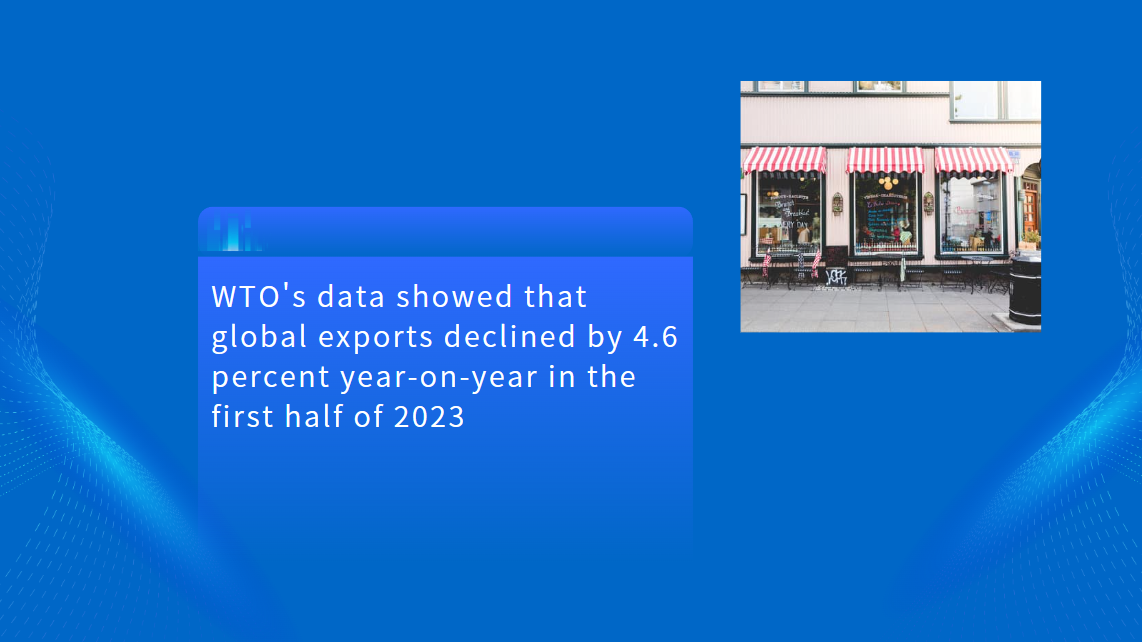



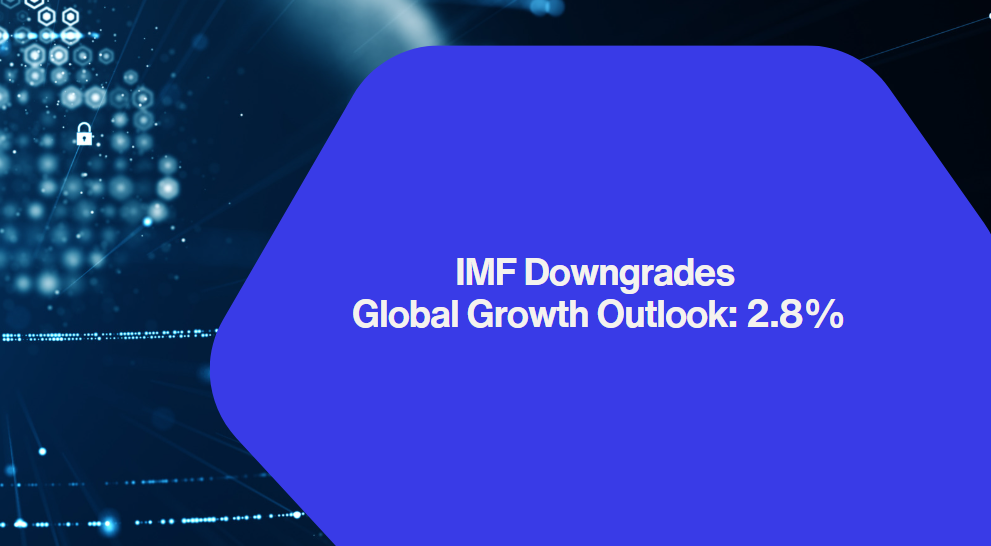
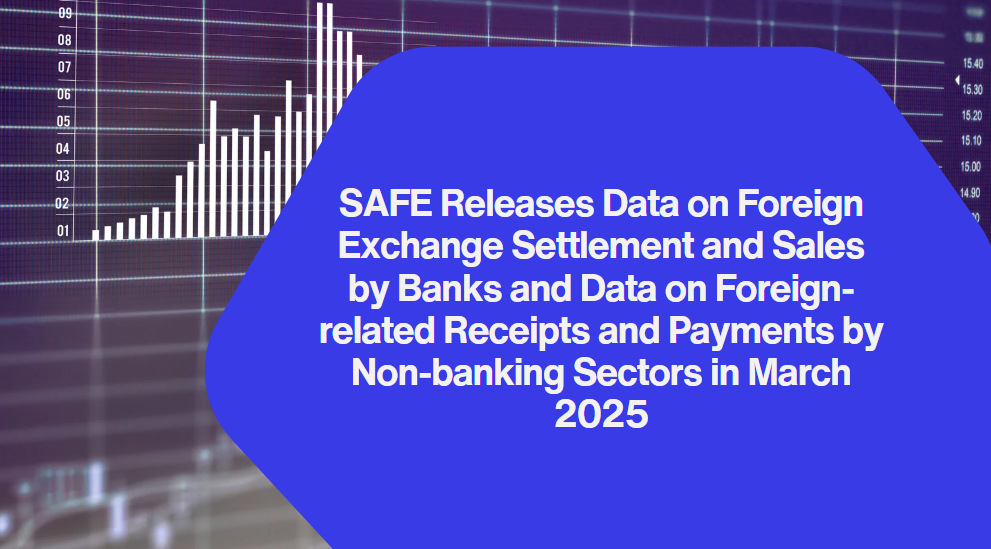





























First, please LoginComment After ~